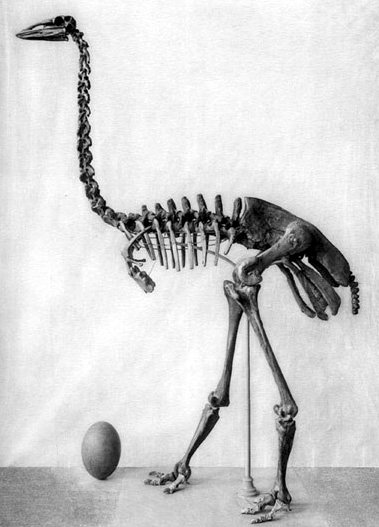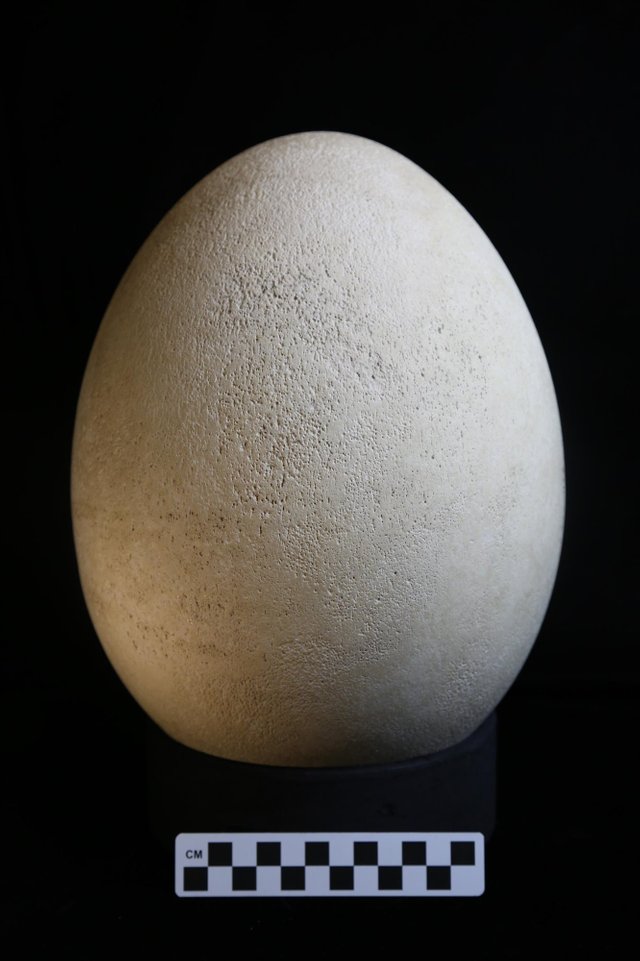Finding a museum in the United States: an intact egg of an elephant bird
HI STEETMIANTS!!!!!!!!!!! WOOOOOOOW THIS AMAZING DISCOVERY!!!!!
The elephant bird 'Aepyornis maximus', an endemic species of Madagascar, became extinct between 1000 and 1700 AD, apparently as a consequence of human activity.
Last week it was learned that the Oxford Dodo, the specimen preserved in the Natural History Museum of the University of Oxford, was shot dead in the head. The dodo (Raphus cucullatus) was a non-flying bird endemic to Mauritius, in the Indian Ocean, which became extinct because of man: the last living specimen was seen in 1662. Likewise, the elephant bird Aepyornis maximus became extinct in Madagascar , the great island west of Mauritius, between 1000 and 1700 AD, apparently also as a result of human activity; their eggs were very coveted. The Science Museum of Buffalo, in the state of New York, announced yesterday that it has made an exceptional discovery in its collection: a completely intact egg of the elephant bird Aepyornis maximus, 30 centimeters long and 71 centimeters in circumference, which was mislabeled as a model because of its rarity.
The oenological collection of the Buffalo Museum of Science was being inventoried and cataloged again when the egg appeared: it had been purchased from Edward Gerrard & Sons (London) in 1939; Molds are common in museum collections, so the museum did an X-ray of it to see if it was a copy, but it turned out to be authentic. It is believed that there are less than 40 intact Aepyornis eggs in public institutions, including the National Geographic Society. The elephant bird was a non-flying bird endemic to Madagascar, probably named for the thickness of its legs and its height, up to three meters. Their eggs are considered to be the largest ever laid by a vertebrate, including dinosaurs, more than 30 centimeters long.
Elephant bird egg
Egg of the elephant bird Aepyornis maximus, rediscovered in the Museum of Science of Buffalo, in the United States.
Bone scan
Molds are common in museum collections, so the museum did an X-ray of it to see if it was a copy, but it turned out to be an authentic egg.

